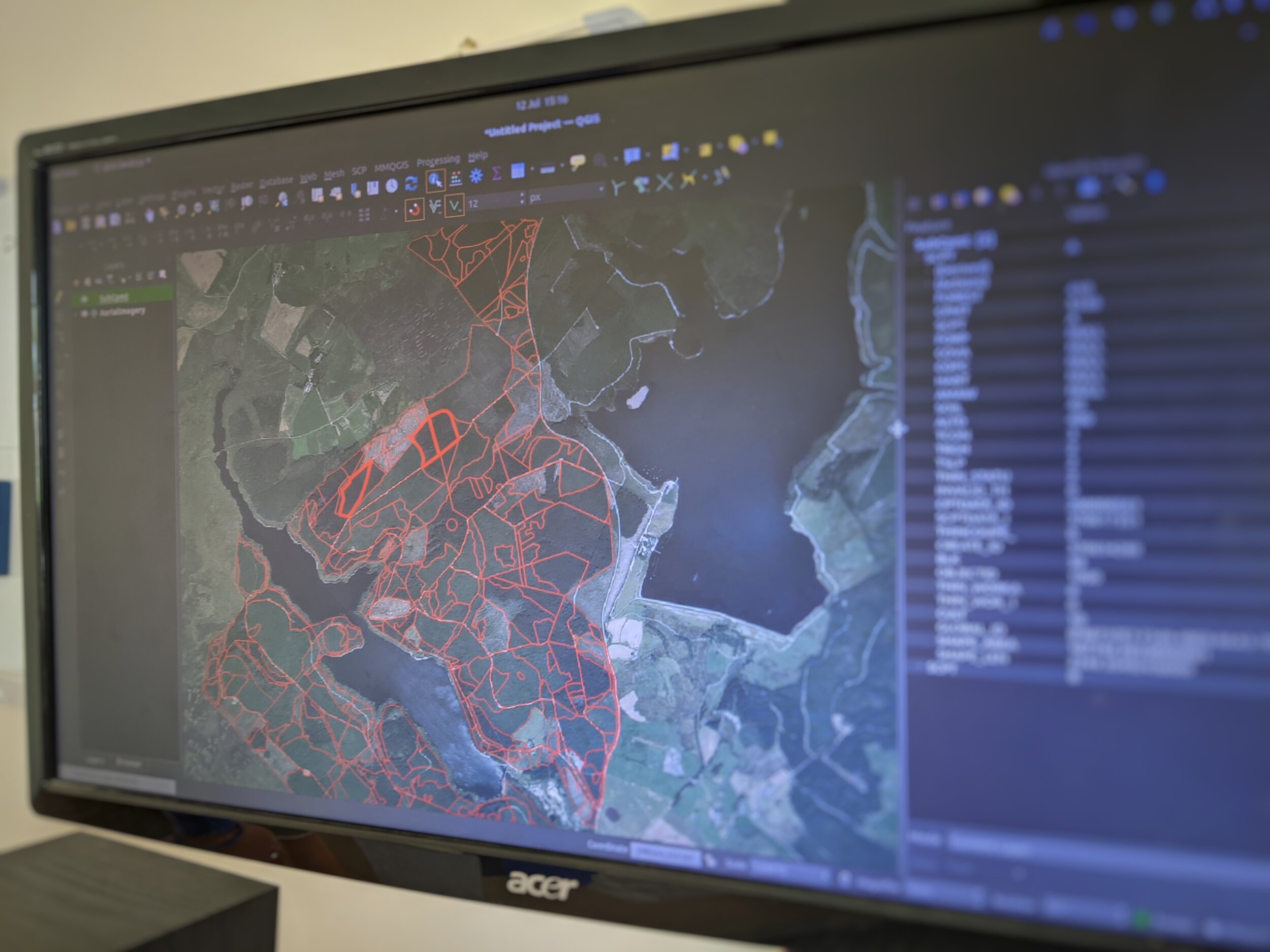
Forestry
GSD has been providing in-house GIS expertise to forestry specialists in Wales for over five years. This involves working with very large datasets within GIS and applying data management, data editing and analysis to improve the dataset and inform planning and management decisions for our clients. We currently provide these services for one of the largest data holders of forestry data in the UK.
As part of this work, GSD provides field surveyors who specialise in forestry applications, tree species identification and mensuration techniques to support in the collection and management of our clients’ data.
GSD staff and associates use mobile GIS in the field, to collect the data, manipulate the data as and when required and provide mapping outputs to visualise and record the results.
Other work in this area includes the GIS support for Forest Resource Planning (FRP). FRP takes a more strategic approach, using the data to evidence planning and decision-making for the forest resource areas over the next ten years. Stakeholder engagement work is required and GIS provide project management as well as the overall GIS and data management requirements for our clients.
-

Spatial Data Management
GSD has successfully delivered many contracts over the last five years to NRW to enhance and add value to their in house forestry compartment database. GSD provides GIS support to update and analyse the Welsh Government Woodland Estate (WGWE) forestry database using a bespoke module for ESRI’s ArcMap as well as a range of open-source software. Forester Web training and input has also recently begun.
-

GIS and Mobile Mapping for Forestry Resource Planning
Forest Resource Plans (FRP) are used by Natural Resources Wales (NRW) to support the delivery of sustainable forest management using an ecosystem approach. They set out long-term objectives and are the basis for 10-year programmes of work. The plans are a requirement for forest certification and form the basis for regulatory approval for the work required. They are a key tool for supporting communication with stakeholders.
